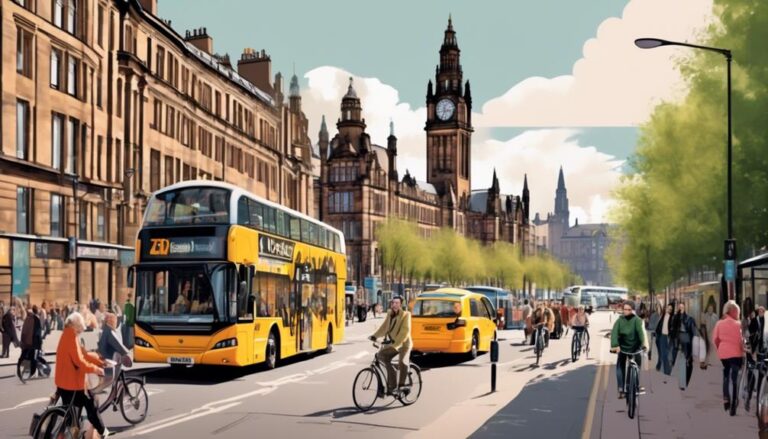
Discover the surprising origins and playful spirit behind the term "Glasgow Kiss"—a headbutt that symbolizes camaraderie and resilience in Glasgow's unique culture.

Unlock the convenience of left luggage at Glasgow Queen Street Station and discover how you can explore the city hassle-free!

Journey from London to Glasgow by car takes around 6 hours, but factors like traffic and stops can alter the experience; discover more.

Uncover the scenic journey from Glasgow to Inverness by car, a drive that offers more than just a destination—discover what lies beyond.

Discover the distance from Glasgow to Loch Awe and unlock the secrets of Scotland's stunning landscapes on a journey filled with...

Navigating Glasgow's transportation options reveals a mix of convenience and challenges, inviting further exploration into the city's mobility landscape.

Interested in Glasgow's social housing? Discover the key steps and insider tips to navigate the application process and secure your home.

Plan your journey from Glasgow to Mallaig, exploring scenic routes and transport options that promise an unforgettable Scottish adventure.

Your journey from Glasgow to Edinburgh can be swift or scenic; explore options from trains to bikes to find your perfect fit.

Curious about lodging a complaint to Glasgow City Council? Discover the steps and tips to ensure your voice is heard effectively.

Navigate the exciting path to becoming a model in Glasgow with essential tips and insights that could unlock your potential in the fashion world.

Discover the intriguing origins and global spread of the Glasgow surname, a name less common than you might think.












